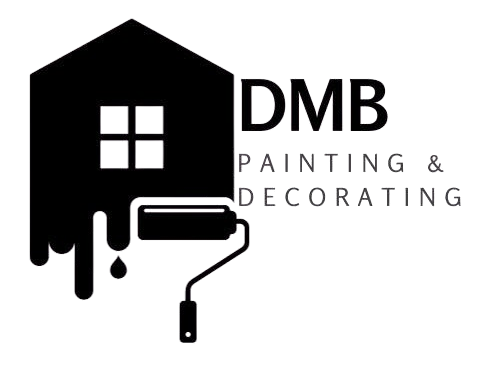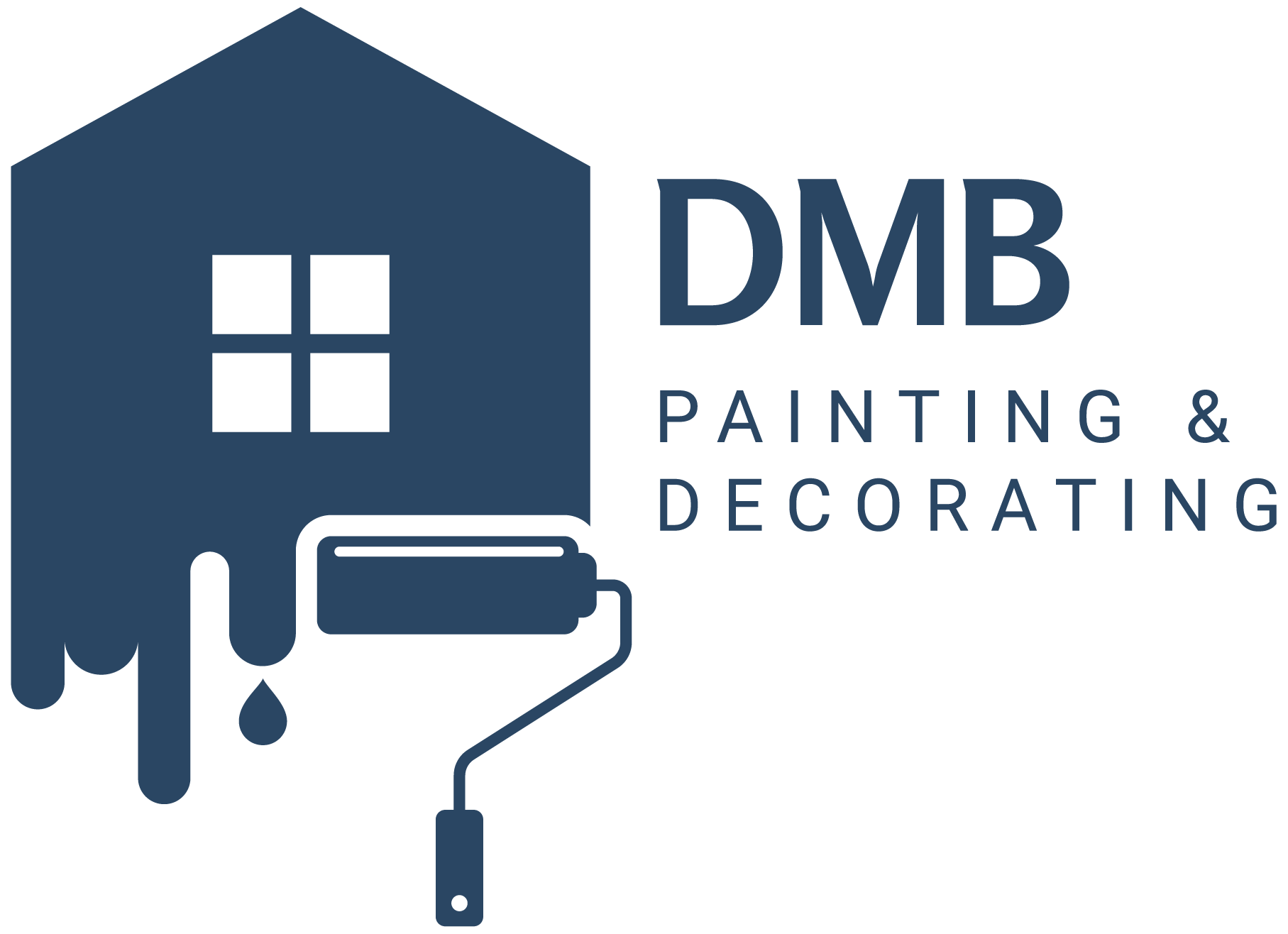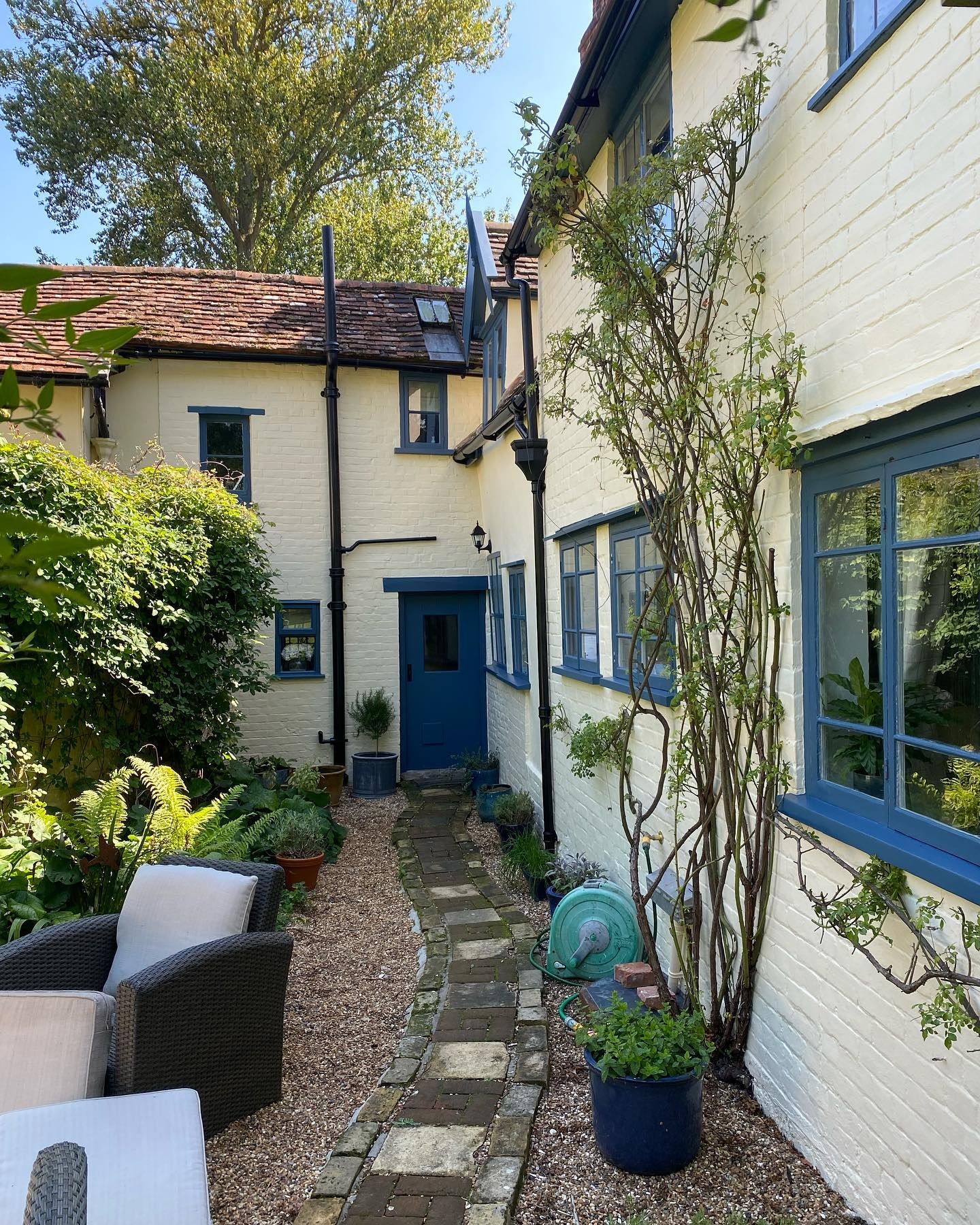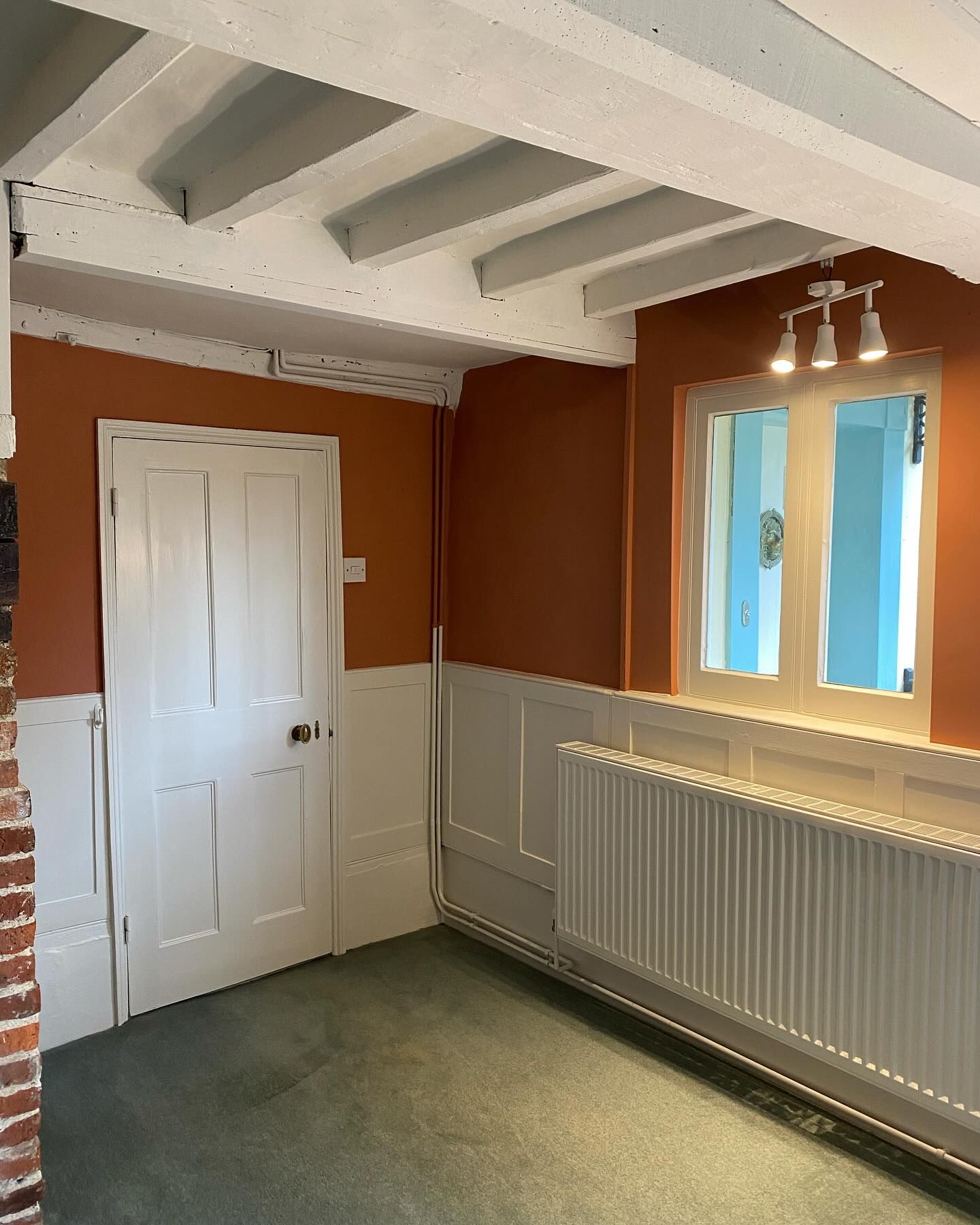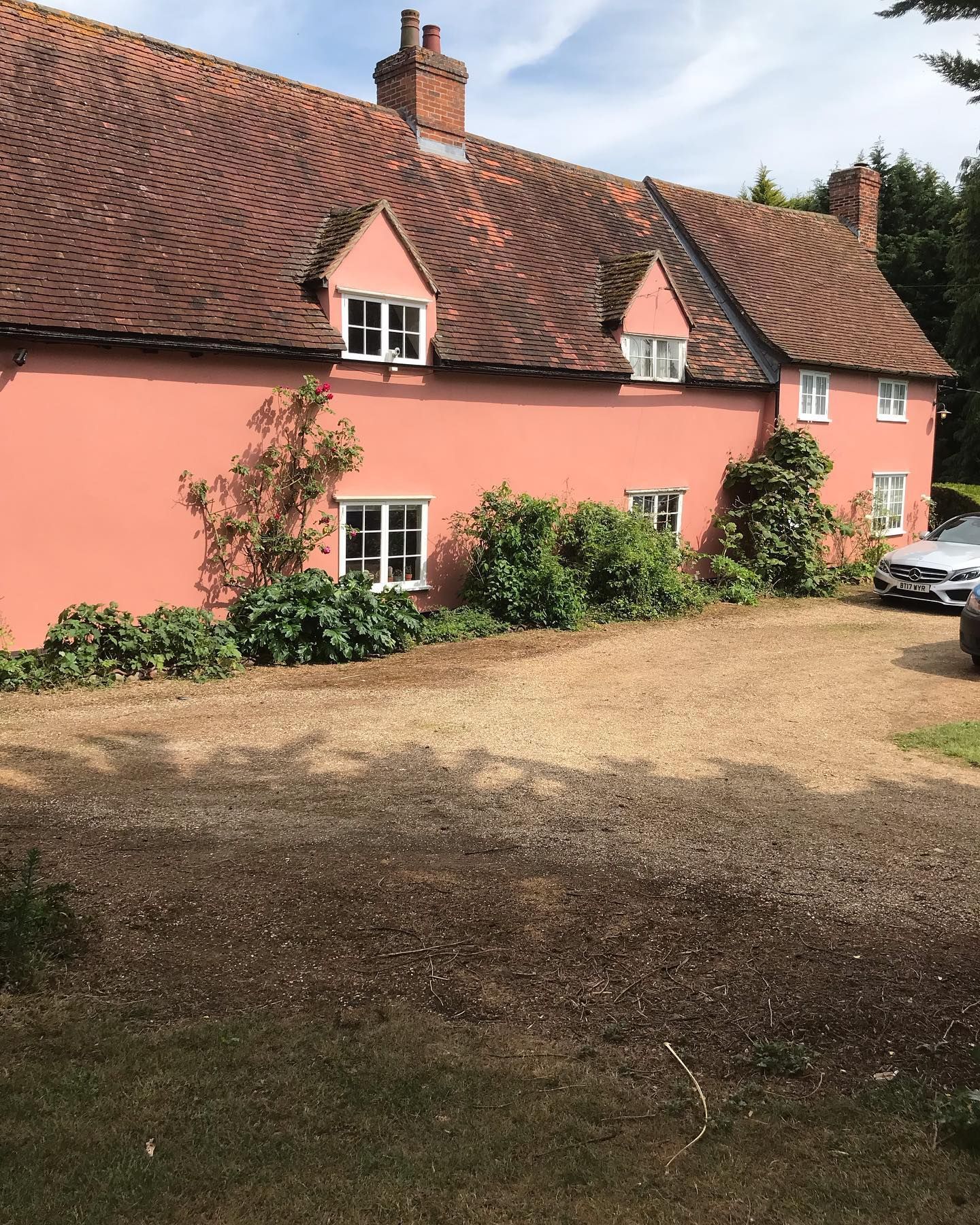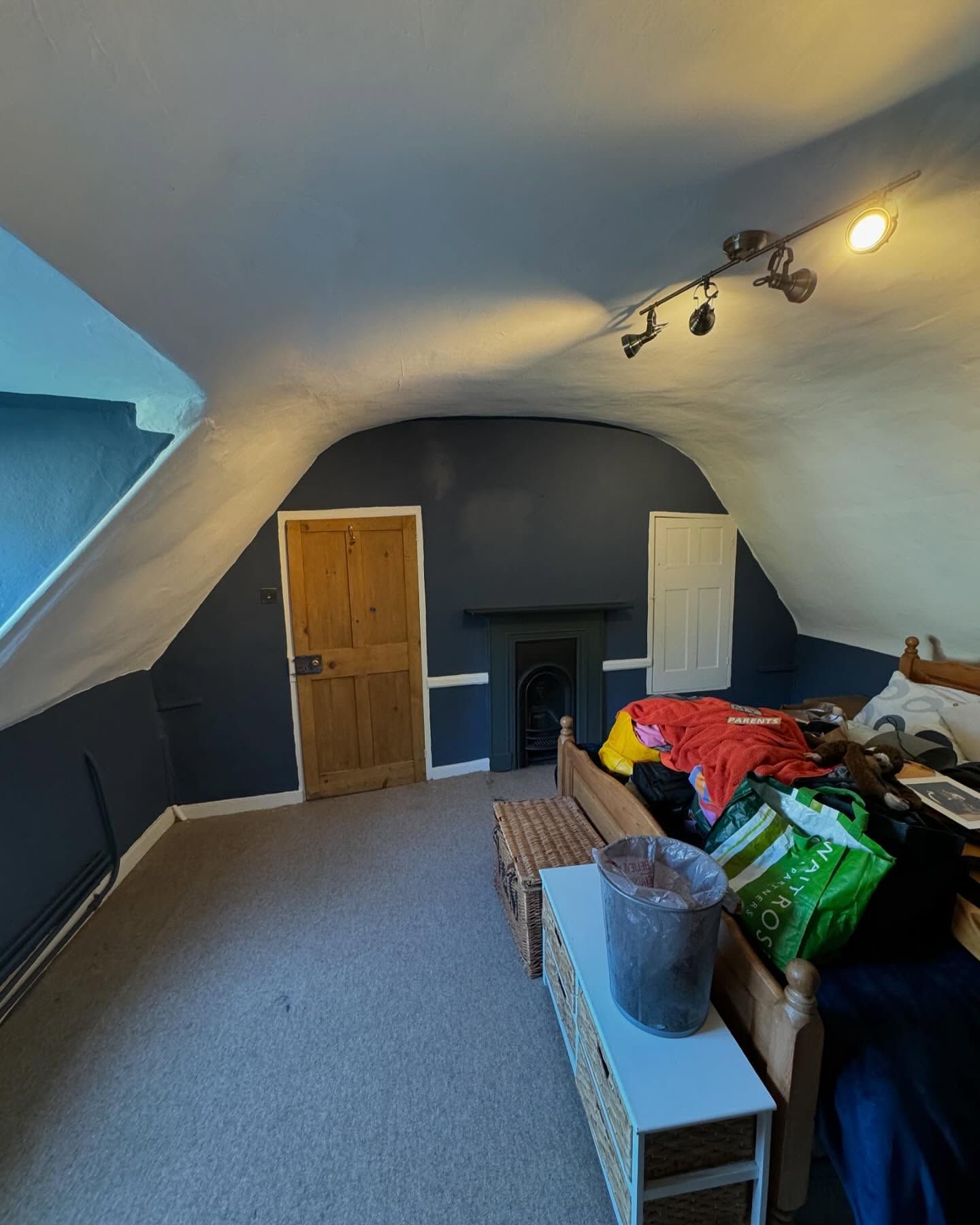Painting and Decorating listed period buildings in Suffolk and surrounding areas

DMB Painting and Decorating
"Considerations Before Decorating a Period Property: Essential Steps to Take"
When it comes to decorating historic buildings, it's essential for owners to carefully consider several factors before proceeding with painting. Understanding the right products to use and their sources is crucial. Here are some key questions to consider:
- Is it appropriate to paint this building or surface?
- What type of product is most suitable? Options may include oil paint, limewash, or distemper.
- What color should be selected for the project? A listed building may have restrictions of your choice of colours, especially for external paint schemes.
By addressing these questions, owners can ensure a more informed and appropriate approach to maintaining the integrity of historic structures.
If you are not familiar with specific knowledge of the Planning (Listed Buildings and Conservation Areas) Act 1990, along with an understanding of the appropriate paints and materials required for preparation, it is advisable to always seek guidance and use a specialist painter and decorator to ensure that your project complies with regulations and meets the necessary standards for quality and preservation.
Listed timber framed period property in Suffolk | Exterior painting and decorating
Image of listed timber framed period property in Suffolk showing the exterior painting and decorating by local painter DMB Painting and Decorating
Listed timber framed period property in Suffolk | Interior painting and decorating
Image of listed timber framed period property in Suffolk showing the interior painting and decorating by local painter DMB Painting and Decorating
Listed timber framed period property in Suffolk | Exterior painting and decorating
Image of listed timber framed period property in Suffolk showing the exterior painting and decorating by local painter DMB Painting and Decorating
Listed timber framed period property in Suffolk | Interior painting and decorating
Image of listed timber framed period property in Suffolk showing the interior painting and decorating by local painter DMB Painting and Decorating
Since the mid-20th century, historic buildings have faced significant challenges related to dampness and decay. This has occurred largely due to the application of modern building techniques and treatments, which may not be suitable for the unique materials and construction methods used in these older structures. Understanding the specific needs of historic buildings is crucial for their preservation and maintenance.
Modern cavity wall construction is designed to prevent moisture infiltration into buildings by incorporating a space, or cavity, between the internal and external walls. This technique is effective in maintaining a dry environment within the structure.
In contrast, historic buildings were often constructed using different materials and methods. Solid wall construction, commonly seen in older homes, involves a single layer of materials such as stone or brick. This approach relies on the inherent breathability of these materials, allowing moisture to pass through the walls rather than becoming trapped inside. Buildings were constructed with porous materials which absorb moisture during damp conditions and release it by evaporation on dry days, allowing the building to ‘breathe’.
Additionally, timber-framed wattle and daub wall construction employed various techniques to manage dampness. This included utilizing the natural breathability of the materials, applying lime-based plasters and washes, and implementing thoughtful design features to direct water away from the structure.
The most important quality of traditional or natural decorative finishes is that they ‘breathe’ whilst at the same time protecting the surface from rain.
Get in touch for some friendly advice on what is the best way to approach your own unique project.
